A static IP address is an IP address that does not change. It is the opposite of a dynamic IP address, which is an IP address that changes. When designing your network it is important to understand when to use each IP address type.
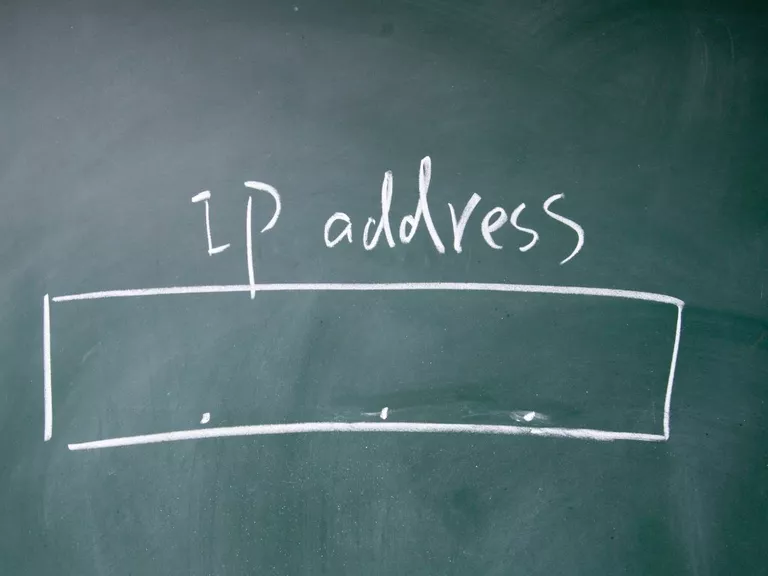
Sometimes when you are setting up your computer's router you need to think about static versus dynamic IP addresses. This topic is further complicated by internal versus external IP addresses.
There are many reasons that you might want a static IP address on your home network. One of the most common reasons is if you are trying to set up a port forward to your gaming console so that you can have good ranking status. Consoles with a port forward are more likely to be the lobby leader, which leads to lower lag and better ping times.
Another very common reason for an internal static IP address is to set up a port forward so that you can access some sort of service from outside your home, such as Plex, a baby monitor, or video cameras.
Internal Vs. External IP Addresses
Every home network has a router. If you have DSL internet service then your DSL modem is your router. If you have cable internet service then your cable modem may or may not have a router in it. If your cable modem has one or more wifi antennas then it definitely has a router inside.
Another way to know if your cable modem is a router or not is to see how many LAN ports it has. If it has more than 1 LAN port then it is definitely a router. The opposite is not true; there are routers with only 1 LAN port.
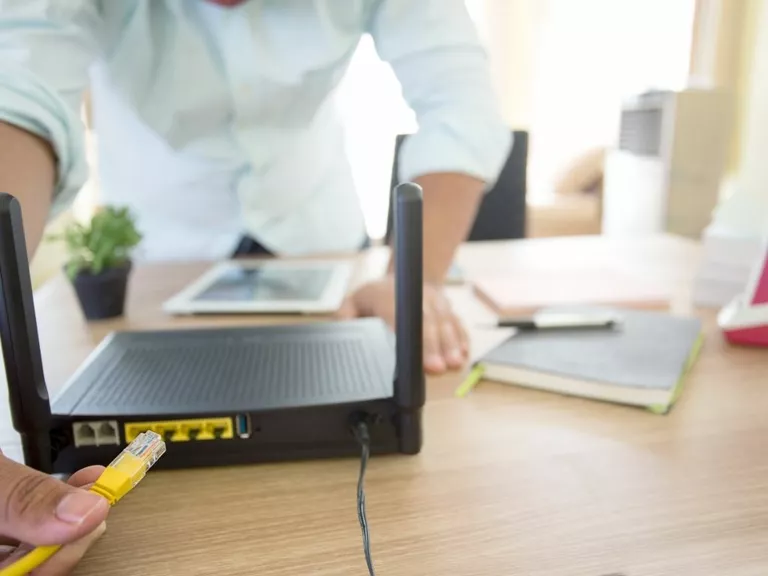
A router separates your internal network from the internet. Most routers call the internal network the LAN (or Local Area Network) and they call the external network the WAN (or Wide Area Network).
Routers Have Two Networks
- LAN = Internal Network
- WAN = External Network
On the router's LAN ports is Your internal network has all of your devices on it, such as computers, phones, printers, and cameras.
Most of the time when you are setting up a static IP address you are only concerned with internal IP addresses, or IP addresses that are on your internal network.
Read on to see how to overcome the problems of dynamically changing external IP addresses.
Static Vs. Dynamic IP Addresses
Most of the time when a device joins your home network it gets its IP address from your router using a protocol called DHCP.
Definition: DHCP
Dynamic Host Configuration Protocol
A way of automatically giving IP addresses to devices on your network.
This protocol automatically handles managing the IP addresses on your home network. DHCP makes it easy to connect new devices to your network. Most devices come factory configured to expect a DHCP server. This enables you to simply plug a new device in to your network and it automatically gets an IP address.
The DHCP service is part of every router on the market. If you have a router, then you have DHCP running on your network.
The DHCP server has what's called a pool of addresses, and it allocates IP addresses from that pool to each device on your network when that device boots up. DHCP servers assume that they are in complete control of the pool of addresses.
If a person randomly assigns static IP addresses to devices on their network, and those devices conflict with the DHCP pool, then you get IP address conflicts. An IP address conflict is when two devices on your network have the same IP address. This is not always easy to find and it usually results in both of the devices working erratically.
If you assign an IP address statically to a device on your network, and it is inside the DHCP pool, your router may not be aware that that IP address is in use. At a point in time in the future when some other device joins your network your router might hand that IP address to the new device, creating an IP address conflict where two devices on your network have the same IP address. So now a previously working device all of a sudden stops working because a new device joined your network and it's not immediately obvious what has gone wrong.
Definition: IP Address Conflict
IP Address conflicts happen when you assign the same IP address to more than one device on your network.
This can happen when you setup a static IP address that is inside your router's DHCP pool. At a later time the router can assign the same address to another device, causing both devices to stop working correctly.
While you can disable the DHCP feature of your router, there is a better method called DHCP reservation.
DHCP Reservation
A much better way to setup static IP addresses on your network is to use your router's DHCP Reservation System. This allows you to tell the router "Always assign this IP address to this device."
Every network device comes from the factory with a unique serial number baked right into the hardware. This serial number is called a MAC Address.
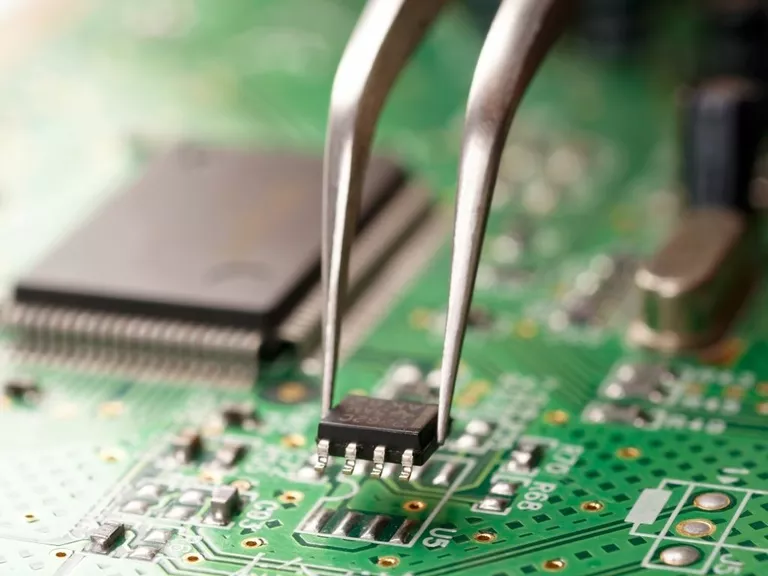
Since every MAC address is unique, routers can use then to assign the same IP address to a device every time it connects to the network.
Definition: DHCP Reservation
A DHCP Reservation associates a MAC Address to an IP Address
MAC addresses are usually represented as 6 groups of 2 numbers separated by either a hyphen or a colon. The numbers can be 0-9 and A-F. Typical MAC addresses look like the following:
AA:BB:CC:11:22:33
12:34:56:78:0A:BC
00-bf-38-9b-cd-01
Generally upper and lower case do not matter. Most routers will only accept either hyphens or colons.
Here are a few DHCP reservation screens from a variety of routers.
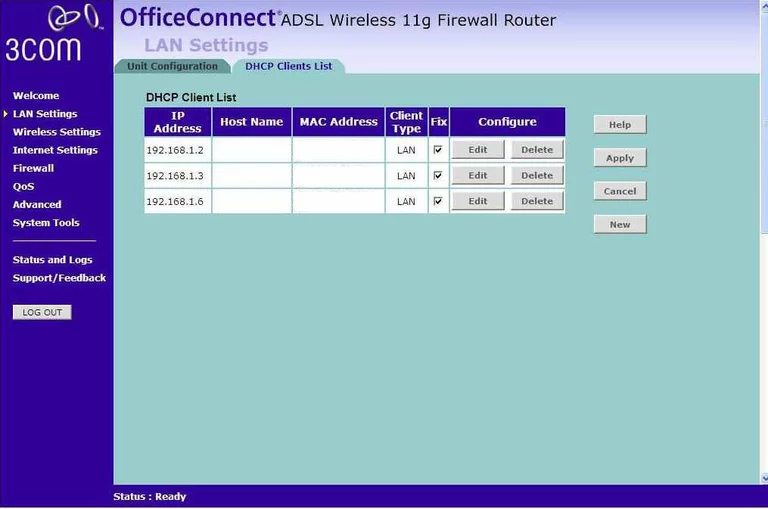
On the 3Com OfficeConnect routers you view the DHCP clients list, and then check the Fix checkbox.
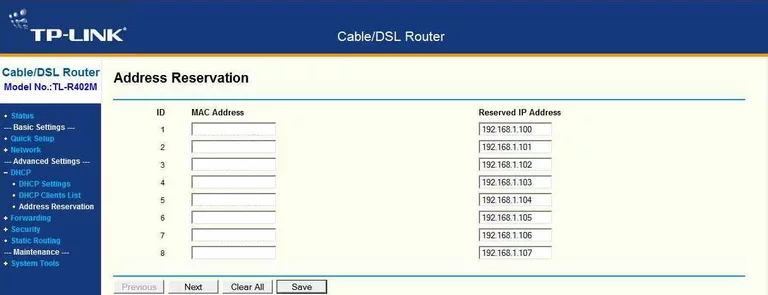
This TP-Link calls DHCP reservation Address Reservation.
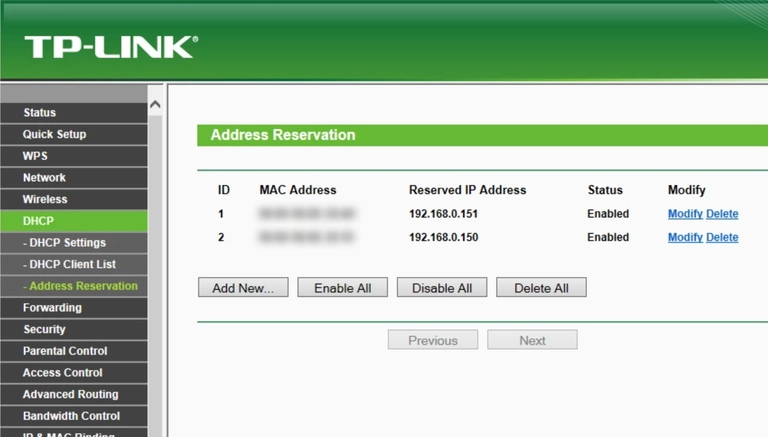
The green TP-Link router's also call it Address Reservation.
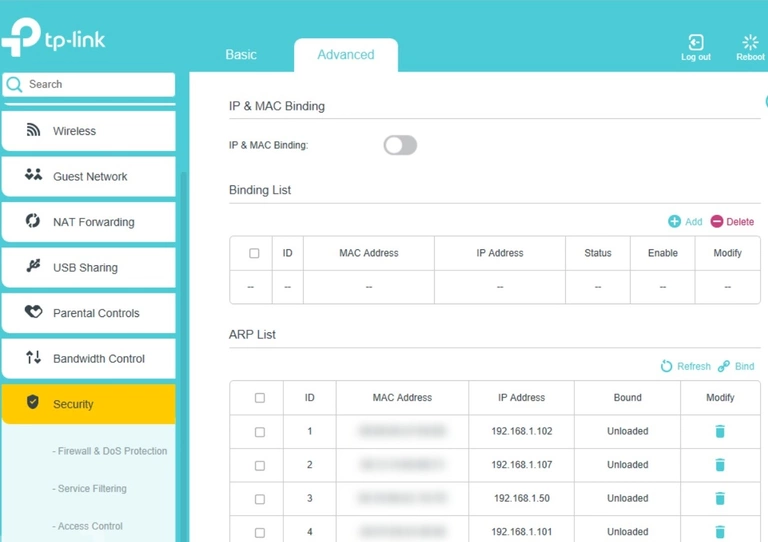
The light blue and yellow TP-Link router's refer to DHCP reservations as IP & MAC Binding, but it's the same thing.
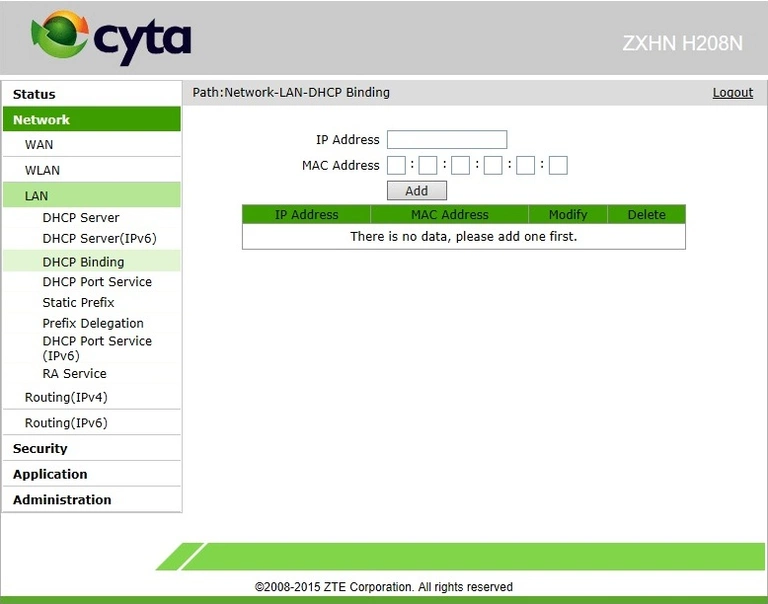
This Cyta router calls it Network-LAN-DHCP Binding.
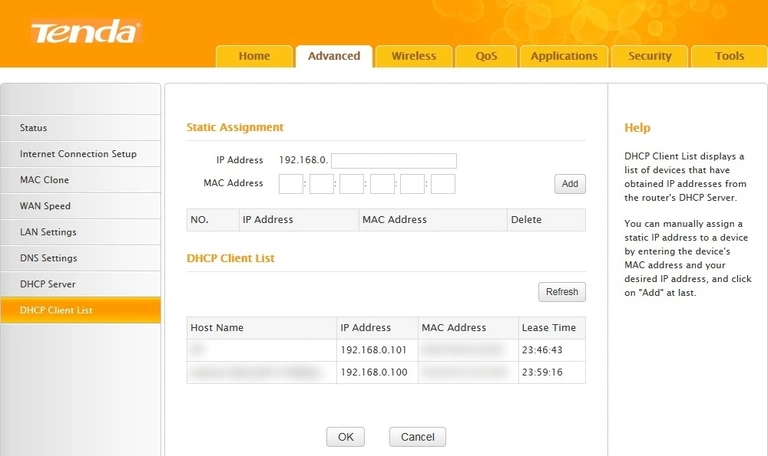
Orange Tenda router's call DHCP reservations Static Assignment.
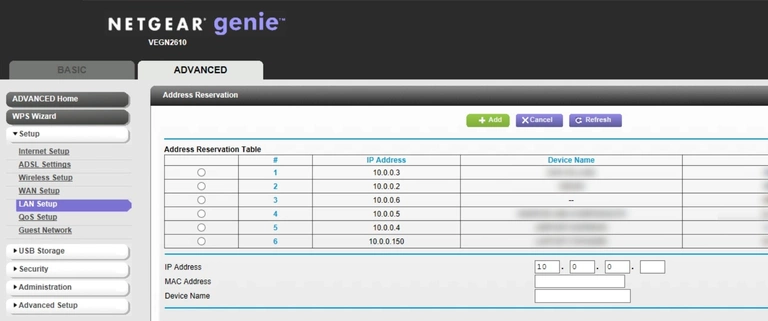
Finally, this purple and gray Netgear calls it Address Reservation.
Dynamic DNS
External static IP addresses are mostly only used by servers on the internet. They have a real-world cost and most ISP's will not hand them out without some form of payment.
If you run any sort of server, such as MineCraft or TeamSpeak, then you need a way for people to find your external IP address. If you have a dynamic external IP address then this can be a problem.
To get around the cost of a static external IP address most people use Dynamic DNS services. A dynamic DNS provider allows you to have a dynamic external IP address yet still allow other people to find you on the internet.
Dynamic DNS works by periodically contacting a dynamic DNS service provider so that the DNS provider knows what your external IP address is right now. Then the dynamic DNS provider associates your dynamic external IP address with a domain name of your choice.
Definition: Dynamic DNS
Dynamic DNS associates dynamic external IP addresses with a domain name
In order for dynamic DNS to work you must run some sort of software on your network. This can be a tray app (near the clock), a server application, or a plugin for your router. In either case the software is responsible for phoning home to the dynamic DNS provider to keep your external IP address up to date.
Once dynamic DNS is setup, you share your external domain name instead of your external IP address. Usually it is in the form of:
username.dnsprovider.com
Some dynamic DNS providers allow you to use a personalized domain name for your dynamic DNS record. You purchase a personalized domain name at any domain name registrar, such as Namecheap, Network Solutions, or Bluehost. After purchasing a domain name for about $10 / year, your external domain name becomes something more like:
yourdomainname.com
This may be easier to share with people who want to connect to your network.















